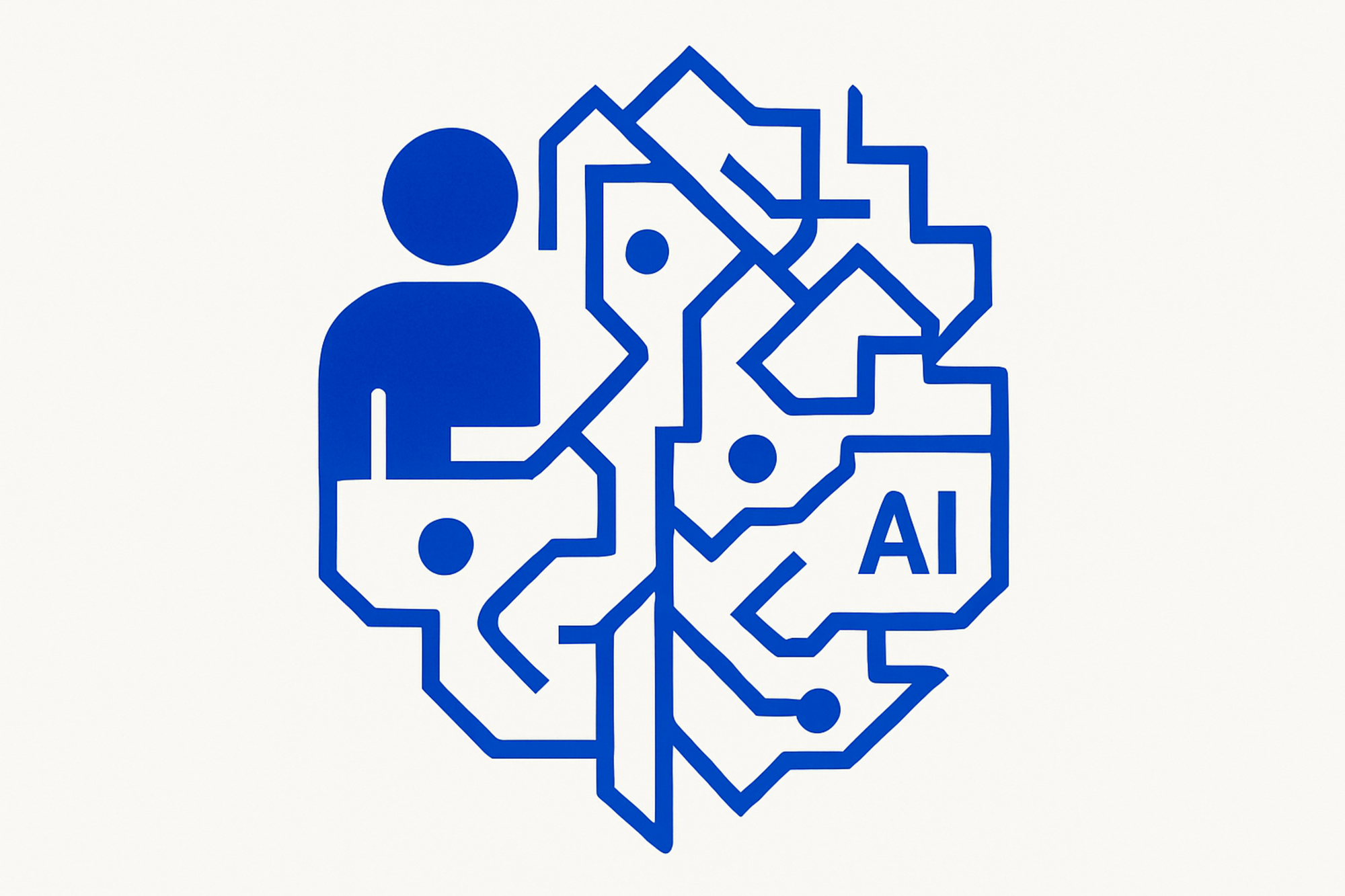Of Agents and Outages: Software’s Fragile, Automated Reality

The AI agent era in software engineering seems to have entered its maximalist phase, where every tool claims some measure of intelligence, autonomy, or insight. After reviewing a basket of recent blog posts, it's clear the hype is (mostly) justified—though the transition is less about machines taking the wheel than about humans adapting to a new kind of cockpit. At the same time, the classic complexity and fragility of our software ecosystems are as exposed as ever, exemplified by outages, ever-more layered abstractions, and persistent reminders that self-deleting data and AI-driven interfaces are no substitute for careful engineering.
Self-Deleting, Zero-Retention, and the World's Most Reliable Database
The cheeky argument that /dev/null is ACID-compliant offers a perfect satire of today's database reliability obsession. No partial writes, instant consistency (it’s always empty), universal isolation (nobody collides when nothing is kept), and unbeatable durability (nothing will ever change). Unfortunately, it ships with the minor catch of zero usable storage. The lesson here is that while we love to debate consistency and durability in distributed databases, the real headaches are often in what actually happens when things go wrong.
Contrast this with the recent AWS US-East-1 outage. Despite DynamoDB’s promises, one DNS misadventure brought much of the cloud, and by extension the internet, to its knees. The opaque postmortem (with some unsatisfying loose ends) reminds us that redundancy and recoverability are not absolute—especially when the system’s own reliance on itself causes cascading failures. Even in the most sophisticated environments, error handling is more art than science, and sometimes, the best guarantee is as ephemeral as /dev/null’s eternal emptiness.
Agentic Ascension... But Hold the Revolution?
The software industry is now teeming with agent-driven platforms and products, each promising to transform programming labor into a higher plane of efficiency. Opsera’s new Hummingbird AI is marketed as the industry’s first “reasoning agent” for DevOps, promising insights, recommendations, and seamless GitHub integrations. Similarly, GitHub’s latest Copilot upgrades show off custom models optimized not just for acceptance rates, but for the less obvious (and more humane) metric of retained utility: are users actually keeping the code Copilot writes?
Meanwhile, specialized agents like Kombai AI are narrowing their gaze: translating Figma designs directly into production-ready React code, focused on frontend developers’ very particular pain points. With comparisons showing Kombai outperforming general-purpose AIs in code quality, review success, and compilation success, the case for “domain expertise” in AI design assistants is strong. These tools are not just about doing what humans do, but also about clarifying what humans (and machines) do best together.
AI Will Eat the World—but Bytes at a Time
Claims that AI agents will eat enterprise software whole are handily dismissed by practitioners. Instead, expect a slow absorption, with AI agents handling well-scoped, error-tolerant tasks on the periphery, and humans still directing the arc of end-to-end workflows. True autonomy in enterprise software is still bottlenecked by the need for deterministic scaffolding—the scripts, rules, and logic layers that constrain AI’s freedom and anchor reliability. Each year, Pareto moves a bit further: just enough new complexity on the AI side to offset the new complexity introduced by the scaffolding holding it back.
Human Flourishing in the Age of Automation
What keeps all of this sane? According to Atlassian’s research on skills for the age of AI, the enduring answer is deeply human: critical thinking, creativity, emotional intelligence, technical proficiency, and decision-making. As AI eats away at routine drudgery, what rises in value is not just the ability to build systems, but to question, interpret, and adapt them. AI as sparring partner, not oracle; the creative leap beyond the predictable; the empathy and trust that can’t be automated.
Teams that blend technical fluency with emotional intelligence (and a healthy skepticism toward AI outputs) are now better positioned to harness AI’s power and sidestep its pitfalls. “Test and adapt” is the new mantra—not only for continuous delivery, but for learning to coexist with your code-completing, bug-suggesting, insight-generating artificial teammates.
The Once and Future System Designer
Amidst all the agentic novelty, we still need the fundamentals. Posts like System Design in a Nutshell illustrate that, even as new layers emerge, the essentials of robust systems—abstraction, communication, boundary design—never go out of style. Ironically, the rise of agents and automated tooling may force us to revisit and re-master these principles, lest our assistants end up encoding our most brittle assumptions in silicon.
References
- Why /dev/null Is an ACID Compliant Database • Joey's HQ
- What caused the large AWS outage? - The Pragmatic Engineer
- Opsera Unveils Next-Generation AI-Powered DevOps Platform
- The road to better completions: Building a faster, smarter GitHub Copilot - The GitHub Blog
- Kombai AI: The AI agent built for frontend development - LogRocket Blog
- AI Agents Will Eat Enterprise Software, Just Not in One Bite - The New Stack
- 5 skills teams need to thrive in the age of AI - Work Life by Atlassian
- System Design in a Nutshell | HackerNoon
